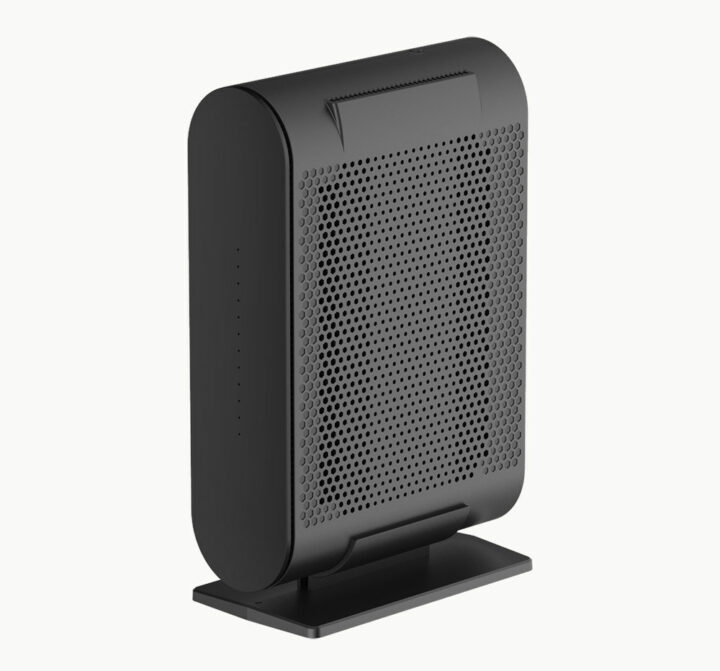We’ve just written about a Qualcomm IPQ8072A SBC/reference design with two 10GbE ports and WiFi 6 that’s good for companies wanting to design their own system, but if you’re looking for a dual 10GbE router there are already options, notably QNAP QHora-310W sold for $329 on Amazon.
But another dual 10GbE router with WiFi 6 was brought to my attention from a company I had never heard of. Acelink BR-6889AX is a WiFi 6 “AX3600 4T4R 10GE Router” based on Qualcomm IPQ8072A processor that’s suitable for the connected home and office networks including WFH use cases.
Acelink BR-6889AX specifications:
- SoC – Qualcomm Hawkeye IPQ8072A quad-core Cortex A53 @ 2.2GHz with dual-core multi-threaded network accelerator, In-line security engine
- System Memory – 512 MB DDR3 (2x 256MB)
- Storage – 4MB SPI NOR flash, 128MB NAND flash
- Networking
- Wired
- 2x 100/1,000/2,500/5,000/10,000Mbps BASE-T Ethernet (RJ45) ports with Link/Act, Speed LED
- 3x 10/100/1,000Mbps BASE-T Ethernet (RJ45) ports with Link/Act, Speed LED
- Wireless
- IEEE 802.11b/g/n/ax WiFi 6 2.4GHz 1024QAM up to 1200Mbps
- IEEE 802.11a/n/ac/ax WiFi 6 5GHz 1024QAM up to 2400Mbps
- Support for 4×4 MU-MIMO/OFDMA at 2.4GHz and 5GHz
- 4x Internal Dual-band Antenna
- Optional BLE (CSR8811) plus antenna
- Wired
- USB – 1x USB 3.0 Type-A connector
- Expansion – 1x M.2 socket with PCIe 3.0 & USB3.0 support (for 4G/5G cellular connectivity)
- Misc – Power and Reset buttons, LEDs
- Dimensions – Clearly incorrect (“192 x 200 x 172 mm”, or it’s the package). PCB: 180 x 180 mm
- Temperature Range – 0 ~ 40°C
Somehow, Acelink thought it was a good idea to provide a product page without a photo of the ports at the back of the router, so we’ll have to trust the specifications. There’s no information about software, but we can assume the system runs a Linux OS based on Qualcomm SDK or OpenWrt.
I was unable to find the router for sale, and only a few older WiFi routers/dongles from the company are listed online, so Acelink may focus on the ODM/OEM market. I contacted the company yesterday for additional information, including how to buy samples, but I’ve yet to receive an answer. I’ll update the post once/if I receive an answer.
Thanks to TLS for the tip.

Jean-Luc started CNX Software in 2010 as a part-time endeavor, before quitting his job as a software engineering manager, and starting to write daily news, and reviews full time later in 2011.
Support CNX Software! Donate via cryptocurrencies, become a Patron on Patreon, or purchase goods on Amazon or Aliexpress






